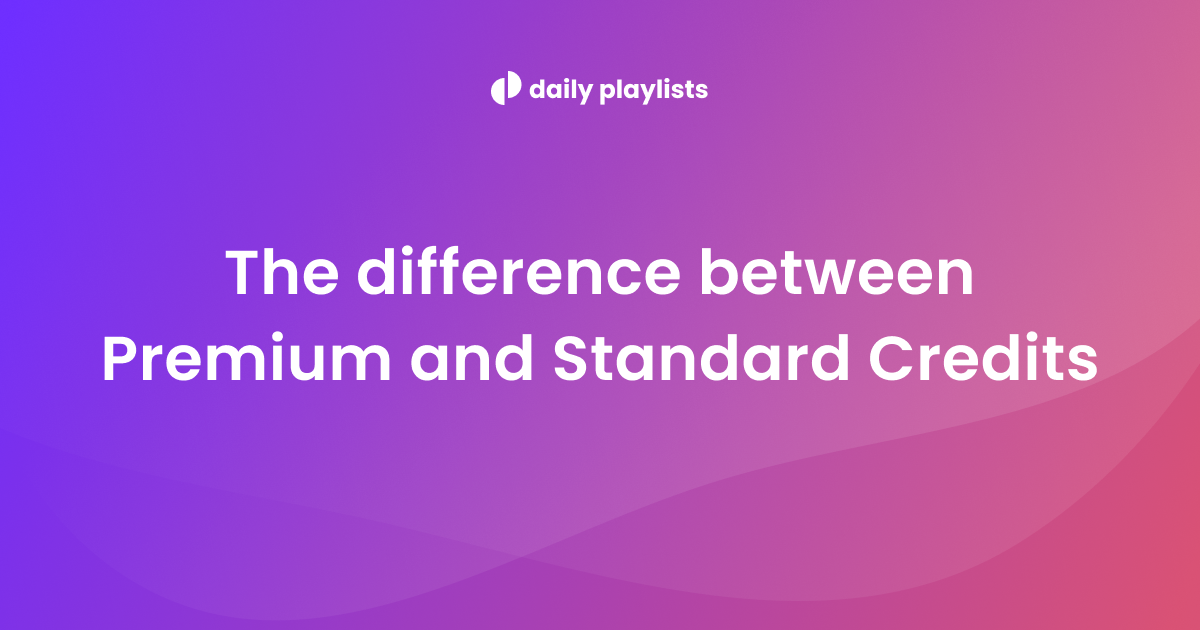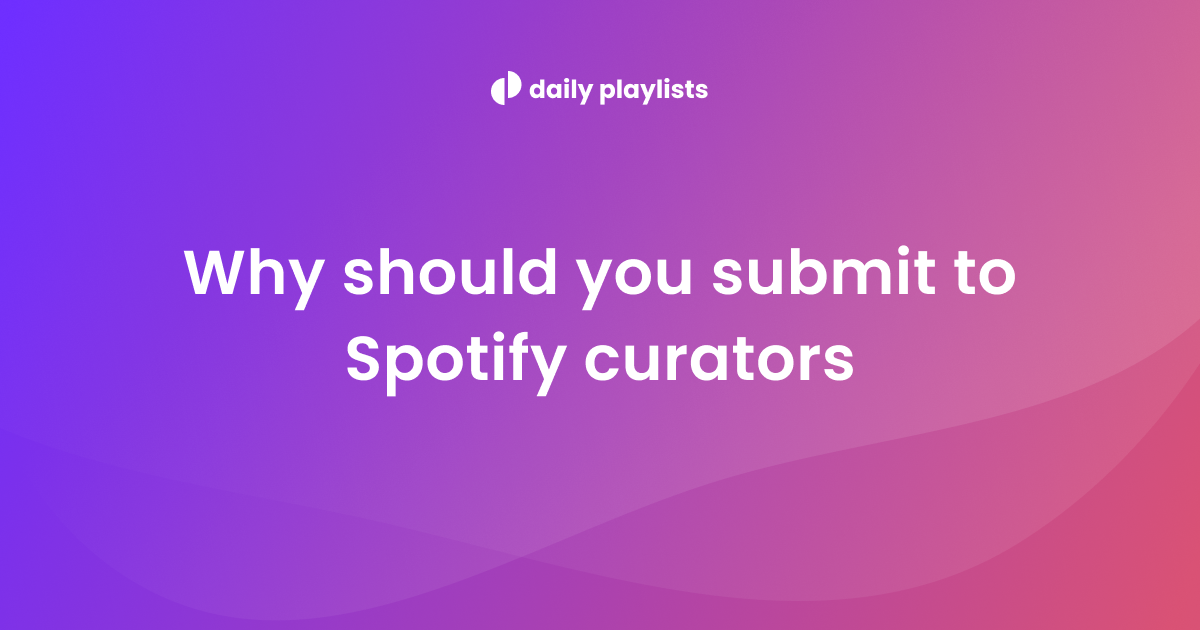How To Promote Songs in Your Catalogue
Learn what a catalogue is and how to promote it - and unlock the opportunities it can generate!
May 24, 2024 / by Becks

What do you do when you don’t have a new song to promote?
Most likely, you’ll think about promoting your back catalogue. But you might be stumped as to how.
Remember, every song’s new to those who haven’t heard it yet so it’s not always so different from promoting your new stuff.
Plus, the consumption of back catalogues is growing. In 2022, 72.8% of music consumption was music older than 18 months old. It was 66% in 2020.
But it’s important to do it right. Here’s how.
What is your catalogue?
First of all, it is important to know what your music catalogue is. Simply, your catalogue is any music or album released over 18 months ago. Some artists have a lot to work with, others not so much.
If you’ve got a large catalogue, you’ll want to keep reading.
Why is promoting your catalogue important?
Many artists and labels overlook their catalogues and instead, focus on the new stuff.
Although it makes sense to push what’s up and coming, your old music can work like a warm-up, building momentum and generating interest leading up to a new release.
Plus, the bonus of having more music means you already have a bunch of ready-to-work-with tracks. Meaning, you can begin generating a constant stream of posts, revenue, and content without also having to think about the music-making part.
Each release acts as an entry point for new fans. You never know which song or piece of content will be the converter.
How do you promote your catalogue?
Let’s get to the heart of the matter.
Much like your new stuff, it’s important to have a plan of action so you know how to attack most effectively.
Don’t just start posting without thought.
1) Define a strategy for promoting your catalogue
First up, select your strongest song.
Your objective is to make the song relevant again. Think about the anniversary of its release, current trends and topics that could relate to it, or how it could build momentum for a new release or a show.
Ever listened to a song from the 70s and realised it's still relevant today? Just because its original time has passed, doesn’t mean it can’t be applied to modern situations.
When planning your new content plan, open your calendar and note down events surrounding the release and external ones. Christmas, for example.
2) Look for sync opportunities
What’s that?
“Sync” is a process where songs pop up with moving images. Basically, any visual media that could be accompanied by music. Film, TV, and adverts to name a few.
It’s the music supervisor’s job to source the music for these productions and a music publisher’s job to pitch that music. These people are in the constant quest for songs that can add value and meaning to a visual format - and that sought-after song could be from your catalogue.
Sync can be an alternative method of generating income from music and opening it up to audiences.
3) Promote it on social media
Pushing your catalogue on social media is a tried and true method.
If you’ve already got a dedicated following, this is a great way to get some engagement on your old stuff. Or, if you’re still growing, producing a wide range of content might help expand your reach.
It doesn’t have to be complicated either. You can add your music to the background of all kinds of content. Or, you can record yourself giving a tutorial on how you made the song or how you wrote the lyrics.
4) Collaborate with other artists and creators
Getting others involved can help boost your exposure.
If you’ve got friends who are also musicians, perhaps ask them if they’d be interested in remixing your old track.
These kinds of collaborations allow for cross-promotion. It will get you in front of that fellow artist’s community and vice versa.
On a smaller scale, you can get in touch with creators and ask them if they’d be interested in having your music in the background of their content. However, make sure their audience would make sense with yours. There’s no point being placed in front of a group of people who won’t enjoy your sound.
5) Submit to independent playlists
Getting on independent playlists is an effective way to grow your catalogue’s reach.
Playlists come with a built-in community. Seek out playlists that match your style of music and double-check they accept back catalogue submissions.
Websites like DailyPlaylists have vetted collections of playlists and curators to which you can submit your music, both for free and with paid credits.
Automatic submissions are an important part of our subscription plan, it is a tool that automatically sends your music to suitable playlists. This means you can constantly promote your catalogue without needing to invest all your time.
So where do you start?
Now that you’re convinced to start promoting your catalogue, you might be wondering where to begin.
Select your strongest song–perhaps one that did well when it was new–and work through each step above.
Before you jump the gun and start randomly posting, think through your plan of action and start building a backlog of content that can be posted strategically.
Which track are you picking?


